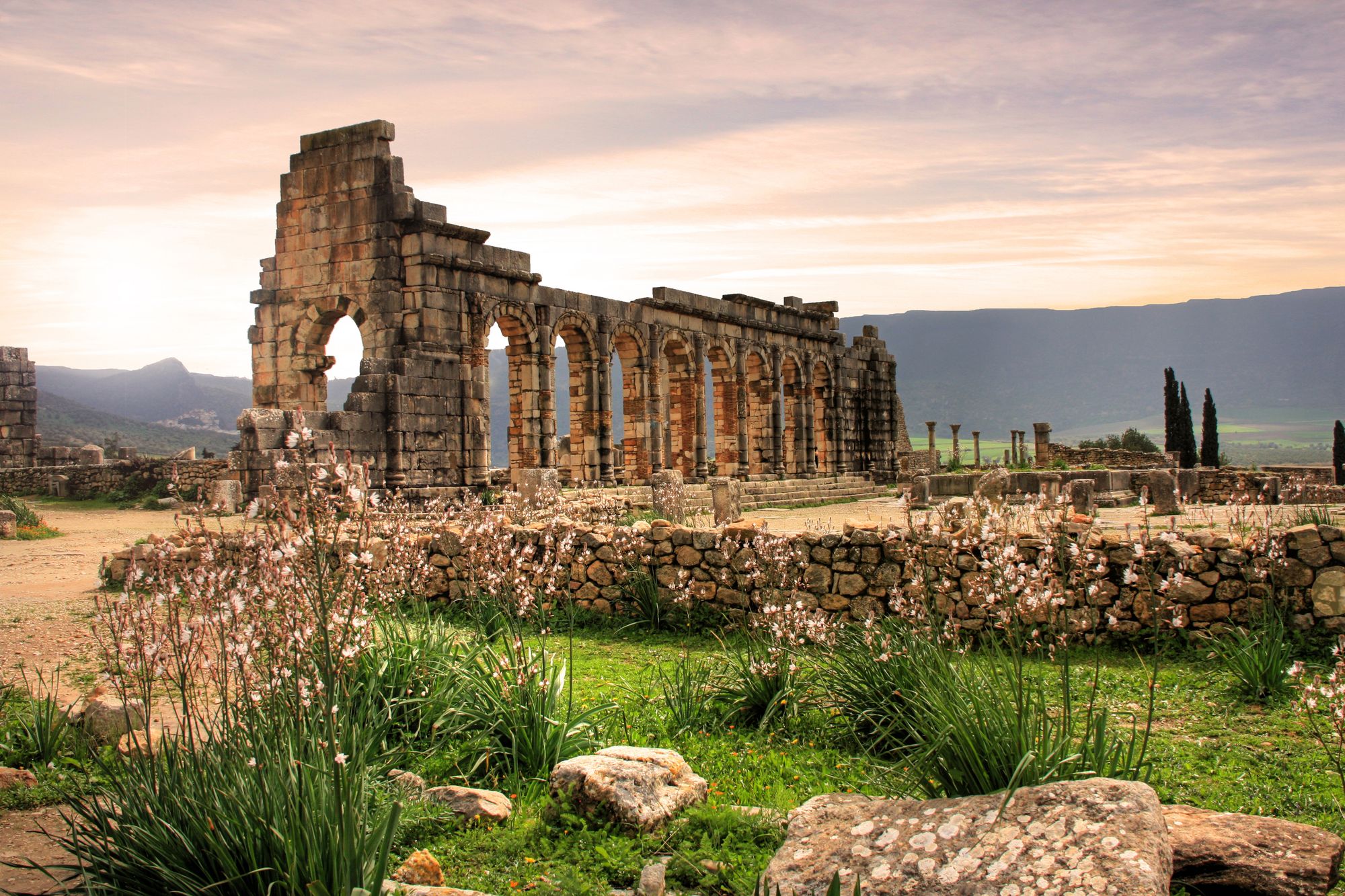Nestled in the fertile plains of northern Morocco lies Volubilis, one of the best-preserved Roman ruins in North Africa. This ancient city, a UNESCO World Heritage site, offers a captivating glimpse into the grandeur of the Roman Empire and its enduring influence on the region.

Historical Significance
Volubilis was established around the 3rd century BC and flourished under Roman rule from the 1st century AD. The city became an important administrative center, thanks to its strategic location and fertile lands, which supported a thriving olive oil industry. At its peak, Volubilis was home to around 20,000 inhabitants.
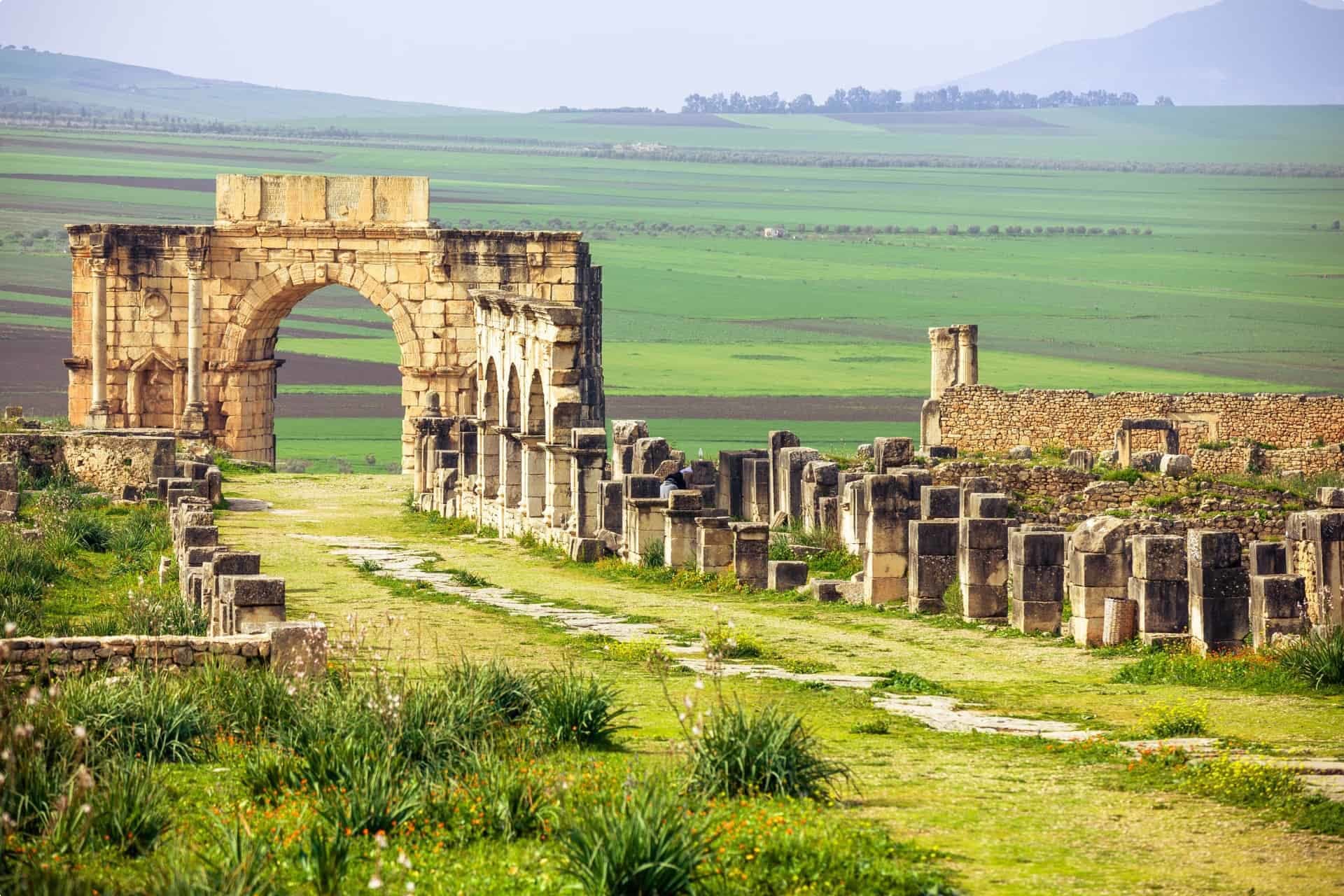
Architectural Splendor
The ruins of Volubilis are a testament to Roman architectural ingenuity. Among the highlights are the majestic Triumphal Arch, built in AD 217 to honor Emperor Caracalla and his mother Julia Domna, and the Basilica, a grand public building used for administration and justice. The Capitol, dedicated to the Roman gods Jupiter, Juno, and Minerva, stands as a symbol of the city’s religious significance.

Mosaics and Artifacts
One of the most enchanting features of Volubilis is its collection of intricate mosaics, which adorn the floors of wealthy Roman homes. These mosaics depict mythological scenes, hunting adventures, and daily life, offering a vivid snapshot of the past. Notable mosaics include the depiction of Orpheus charming animals with his lyre and the Labors of Hercules.
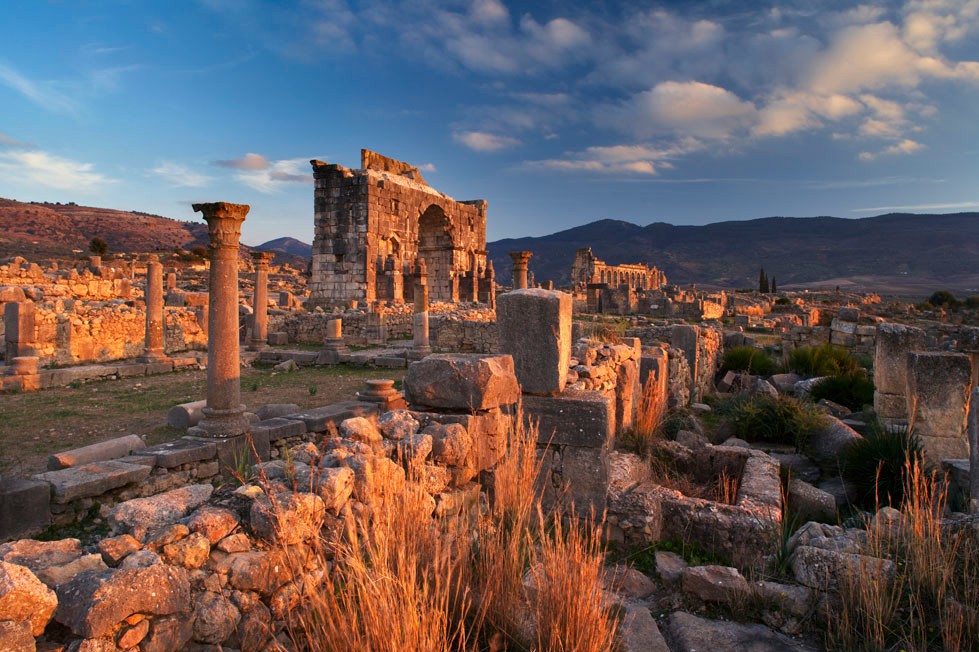
Cultural Interactions
Volubilis was not only a Roman city but also a melting pot of cultures. The city’s layout and architecture reflect influences from the Berbers, Greeks, and Carthaginians, creating a unique blend of styles. This cultural diversity is evident in the city’s artifacts, including pottery, inscriptions, and sculptures.

Modern Discovery and Preservation
Volubilis was largely forgotten until the late 19th century, when French archaeologists began extensive excavations. Today, ongoing preservation efforts ensure that this historical treasure remains accessible to future generations. The site is meticulously maintained, with many structures partially restored to give visitors a sense of the city’s former glory.
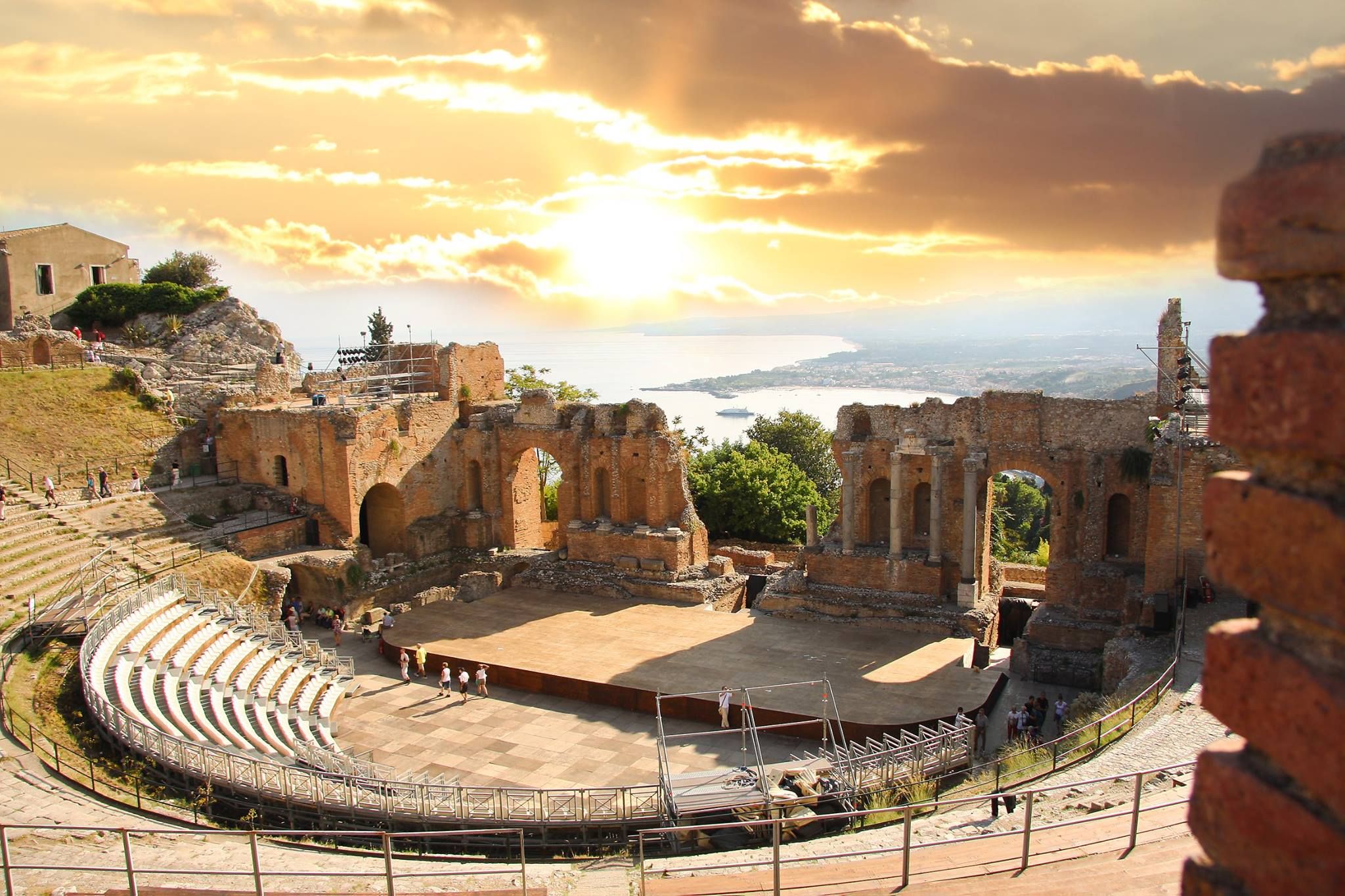
Visiting Volubilis
A visit to Volubilis offers an unforgettable journey through time. Walking among the ruins, one can imagine the bustling marketplaces, grand ceremonies, and everyday life of a thriving Roman city. The panoramic views of the surrounding countryside, dotted with olive groves and vineyards, add to the site’s enchanting atmosphere.
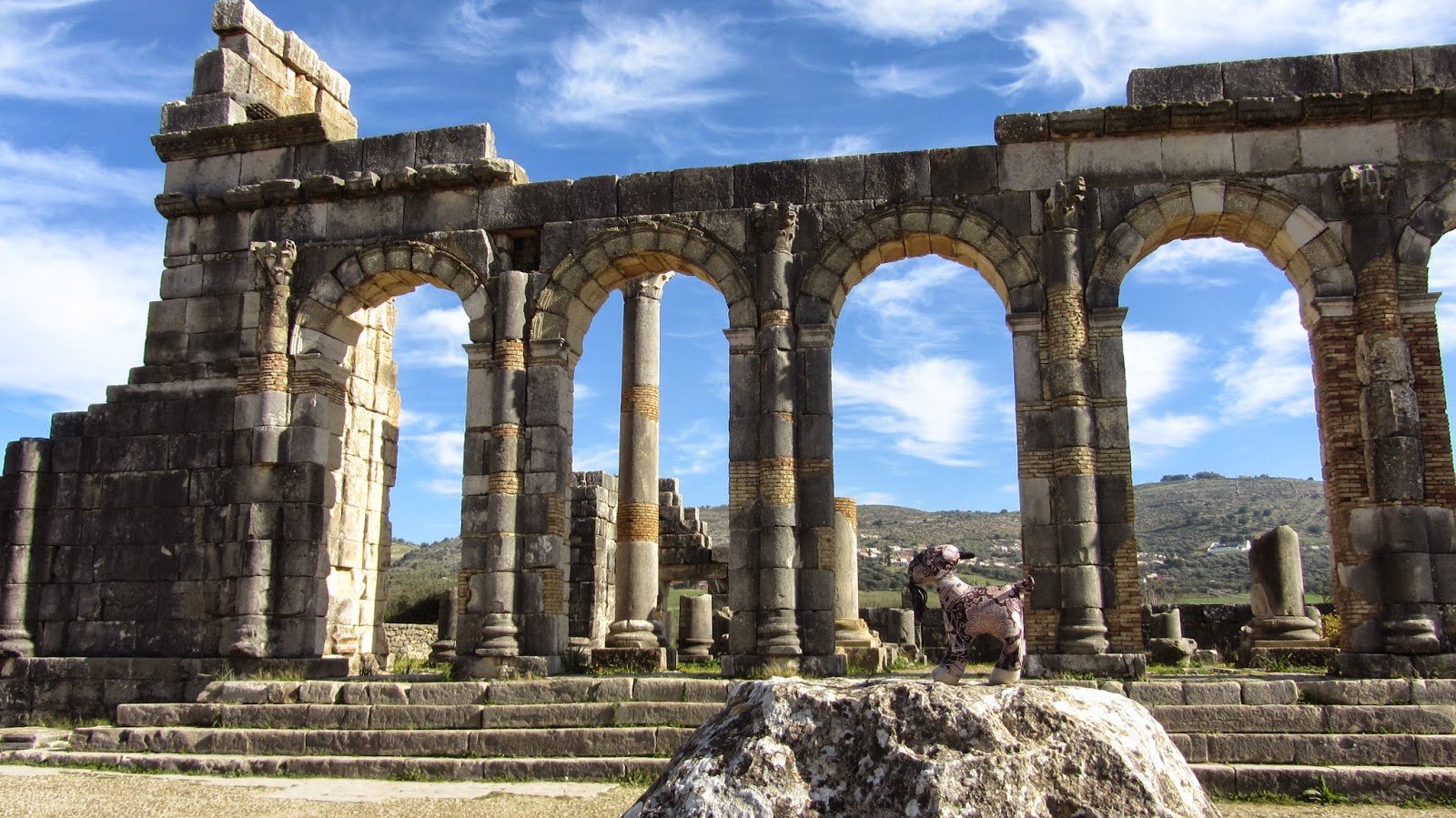
Conclusion
Volubilis stands as a remarkable testament to the enduring legacy of the Roman Empire in Morocco. Its well-preserved ruins, stunning mosaics, and rich history make it a must-visit destination for history enthusiasts and travelers alike. Exploring Volubilis is not just a walk through ancient ruins, but a journey into the heart of a civilization that shaped the world as we know it.
